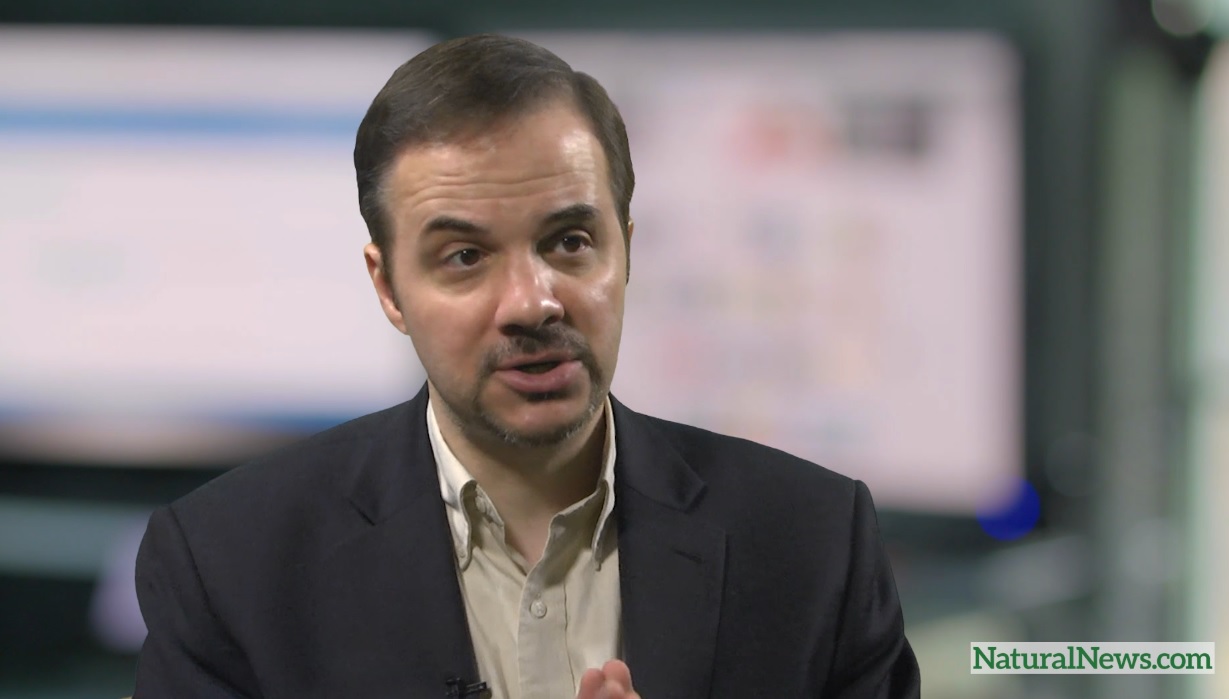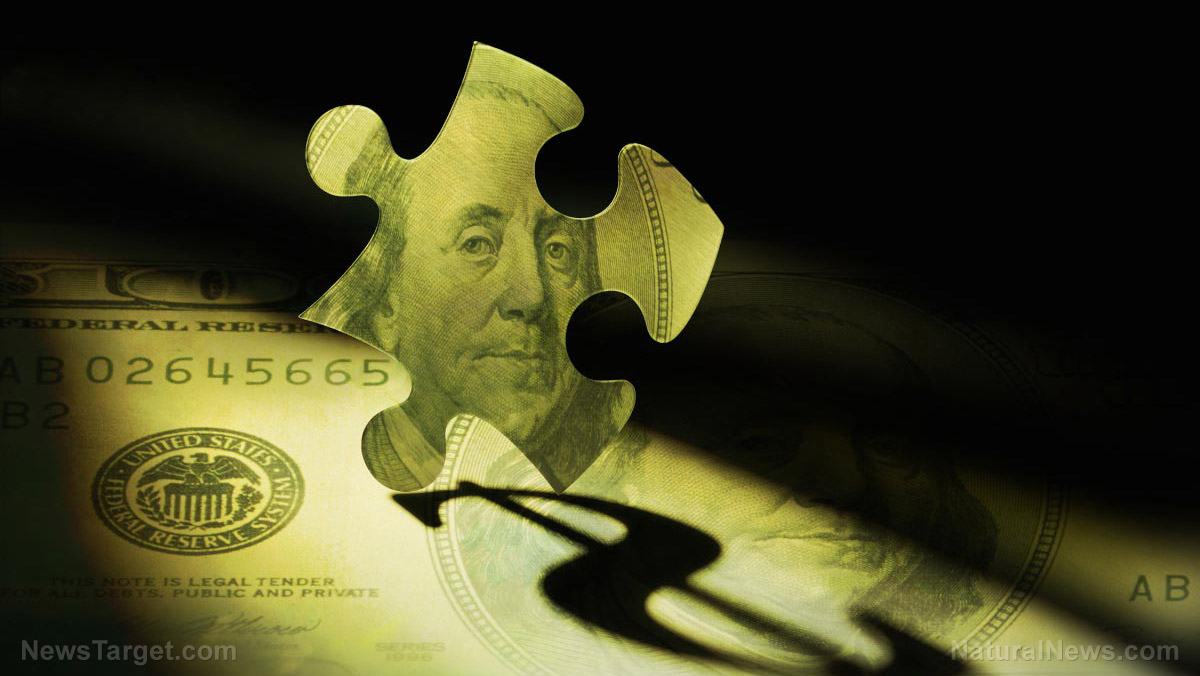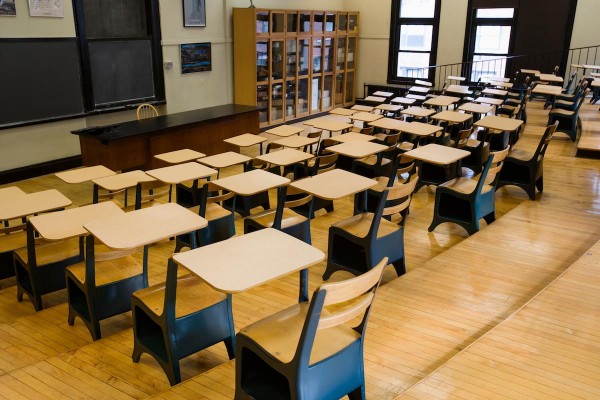Washington Post now parrots exactly what the Health Ranger already said about minimum wage and fast food robots
09/21/2015 / By JD Heyes

Natural News editor Mike Adams, the Health Ranger, is an expert in food health, an academic, a scientist and an activist and advocate for medical choice, but – as head of one of the largest (and growing) independent media networks – he’s also a businessman. So he knows a thing or two about meeting deadlines, product development, marketing and, of course, meeting payrolls.
That’s why, more than a year ago, in June 2014 – when the rise in hue and cry over a “liveble” $15-an-hour wage for fast food workers really began in earnest – it was clear to him what portends such a drastic, artificial hike in wages for low-skilled workers in a tight-profit-margin industry.
“The critical error progressives often make in these situations is in thinking that hiking wages among low-wage workers will only have positive repercussions, not negative ones. In the real world, however, rising minimum wages almost always translates into job losses for the very workers who need those jobs the most,” he wrote.
How would jobs be lost? Adams:
The only reason food service jobs have not yet been off-shored is because they can’t be. A physical worker at McDonald’s, for example, needs to physically hand over the bag of food to the paying customer. If the job could be outsourced to the Philippines, that would have already happened long ago.
But fast food companies are on the verge of transitioning to another replacement for what they see as expensive U.S. workers: humanoid robots.
Simple arithmetic
Robots, Adams noted, do not require sick days or the awarding of vacation days; they don’t call into work to get the day off; they don’t sue their employers; and most of all, they don’t strike or demand higher wages. A robot-and-technology-driven food industry, Adams also noted, would create massive unemployment in a sector that, for now, employs millions of Americans.
Fast forward to the president day. In its August 17 edition online, The Washington Post – whose editorial page has historically sympathized with the $15-an-hour minimum wage hike – ran a sobering piece that essentially reported the same things Adams concluded last year.
In an article titled “Minimum-wage offensive could speed arrival of robot-powered restaurants,” the Post said that higher wages for low-skilled fast food and restaurant workers would be considered unsustainable for many owners, leaving them two choices: automate or close.
The paper noted:
About 30 percent of the restaurant industry’s costs come from salaries, so burger-flipping robots — or at least super-fast ovens that expedite the process — become that much more cost-competitive if the current federal minimum wage of $7.25 an hour is doubled.
“The problem with the minimum-wage offensive is that it throws the accounting of the restaurant industry totally upside down,” Harold Miller, vice president of franchise development for Persona Pizzeria, who also consults for other chains, told the Post.
“My position is: Pay your people properly, keep them longer, treat them right, and robots are going to be helpful in doing that, because it will help the restaurateur survive.”
Supply, demand and automation
In fact, a number of chains – and locally owned enterprises – have already begun exploring and adopting automation as a way to curb labor costs. And the first to go, it seems, are wait staff.
As the Post noted, the most prevalent technology thus far is table kiosk- and tablet-based ordering, which is being used to eliminate both wait staff who bring food and checks, and cashiers who take the checks and make the sale. Earlier this year, the chain Olive Garden announced that it would introduce the Ziosk system at all of its locations, meaning all a server has to do is bring out the food.
But robots will also eventually cut down on the need to hire high-skilled workers like sushi chefs. Many high-end restaurants are using machines now to roll out rice on sheets of nori, a menial task that takes up time. Though sushi chefs already tend to earn about $15 an hour on average, they could see their jobs cut if wait staff and cashiers also make that.
As Adams foresaw, while it might sound good and feel good to advocate higher wages for workers, those wages still must be paid for – by business owners and customers – otherwise, the businesses shutter and/or employees get laid off, or workers get replaced by automation.
And that’s likely coming anyway, as Adams knows.
Sources:
Tagged Under: capitalism, economics, fast food workers, free market, livable wage, minimum wage, robots, socialism, unemployment, Washington Post, workplace automation



















